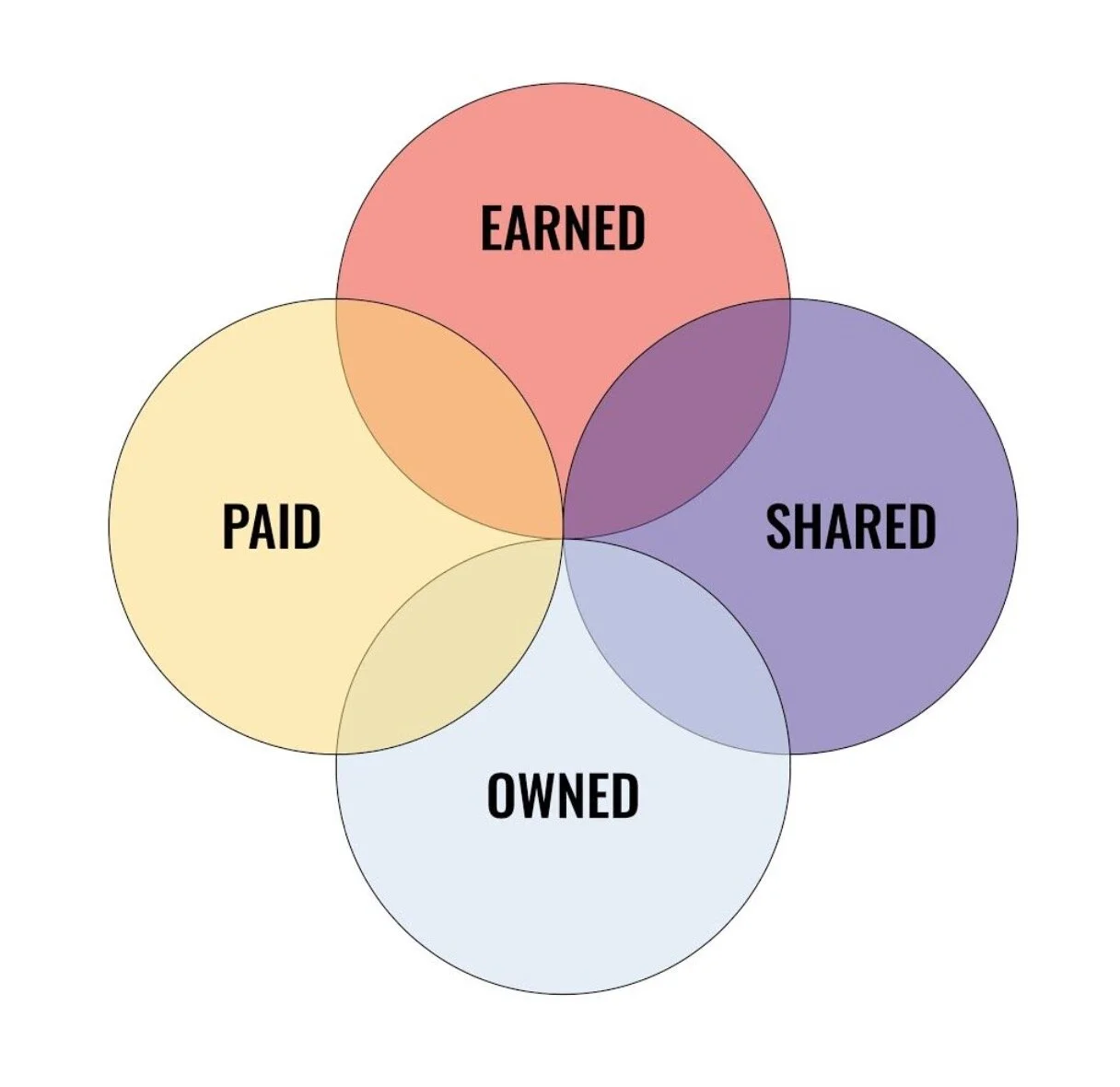You Can’t Integrate without Infrastructure
A well-developed content marketing strategy is equal parts content and infrastructure.
Infrastructure? What now?
Yep, infrastructure?
Imagine the following scenario:
You produced some excellent content that supports your brand’s positioning in the marketplace and are ready to roll it out…
…but you can’t roll it out on Social because you haven’t built-up an audience who cares to see your content on those networks
…you also can’t roll it out through email because you haven’t gained enough organic subscribers who care about your email messaging in the first place
…and you also can’t roll it out on your brand’s website because it’s a video-centric strategy and all your website can do is embed a YouTube video (which is fine for mid-article content, but not for hero-block content)
…oh, and you can’t roll it out as a Paid YouTube pre-roll Ad because Google Ads is complicated, annoying, finicky with rejections, and has a steep learning curve…
If you look at each one of those distribution platforms/methods and don’t have those problems, then it means you’ve done a very good job at focusing on infrastructure as much as you focus on content.
Let’s come back to infrastructure in a moment and look at a well-executed plan. Remember this old thing? The PESO model? Paid, Earned, Shared, and Owned?
The example illustrated via GIF at the top of the post shows Kent Design Build’s integrated content strategy, hammering-home (pun intended) Owned, Shared, and Paid content, all released at the exact same time. What does that look like in real life? Let’s look at it without the darn thing moving so much.
Owned:
The website hero block can ‘Auto-Play-On-Mute’ the latest video KDB produces
That means as long as the video strategy is current, then the website is equally as current
It also means that whatever their audience sees on Social can be replicated on their homepage with ease
Shared:
Videos are shared (square format only with captions please, perhaps a topic for another post?) on their Social platforms, making sure to tag/mention key partners to tap into additional spheres of influence
If viewers are curious and want to go explore their website after seeing this content on Social, they can head over to the web and guess what they’ll see…?
You guessed it - the same content (reinforcement)
Paid:
The video can be repurposed as a Paid Ad on Google Ads as a YouTube pre-roll Ad
You know, one of those Ads you skip after 5 seconds, unless you find the content interesting…
Those Ads are highly targeted based on location, audiences, keywords, topics - even down to including/excluding devices and placements
What makes that strategy possible? (Hint, we’re back to the beginning of the article): Infrastructure. We have the right website platform to support our marketing and business development initiatives, our presence on Social Media platforms is humming along, and we have the knowledge to execute a solid Paid Ad strategy.
Most brands start with ‘we need a video and we need it ASAP, and then we’ll figure out where to put it’. In our example, KDB is making sure to develop both the content strategy and the infrastructure in tandem. Great content is nice. Great infrastructure is nice. Combining content and infrastructure is where the rubber actually meets the road.




